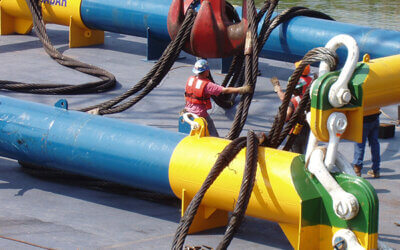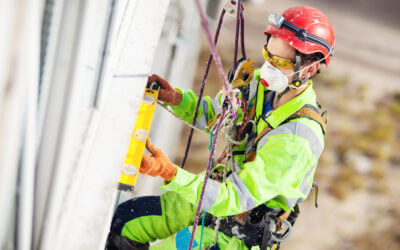Without any fall arrest or safety equipment, a person can easily fall upwards of seven feet in two-thirds of a second. There’s just about nothing you can do in that amount of time to stop someone from falling, which means that safety equipment is absolutely crucial to have on at all times when working in high areas.
But before we get into things like rigging certification and hook rigging, it’s important to cover the basics of fall protection training and equipment. Here’s a short guide to help you make sure you’re using this equipment properly.
Inspect Your Equipment
Your equipment should always be inspected before each use. You might think it’s okay to only inspect it every once in a while, but that’s where you’re wrong. Inspecting your equipment means checking hook rigging, web slings, metal hardware, clasps, and hooks to make sure that there’s absolutely nothing wrong with them. You should be looking for tears, cracks, and even parts that look bent in a way they’re not supposed to be. Every single piece of your fall protection equipment should be functioning perfectly.
Put it on Properly
Next, you need to be putting your equipment on correctly. If you’re using a safety belt, it needs to be fastened around the waist with a D-ring in the middle of your back. Your harness should be snug around your chest and legs, which means that you need to take special care in fitting your harness. If it’s too tight, you risk losing circulation. Too loose, and you risk further injury if you fall. In addition to all of this, make sure an anchorage is attached to a structure that can support at least 5,000 pounds for maximum safety.
Care for Your Equipment
After each use, you should wash your equipment with mild detergent and water. In addition, you should inspect your equipment after taking it off, as well. Lubricating any moving parts and storing in a dry area should allow your equipment to have a long, functional life ahead of it.
If you take these steps to take care of your equipment, you should be perfectly safe.





0 Comments